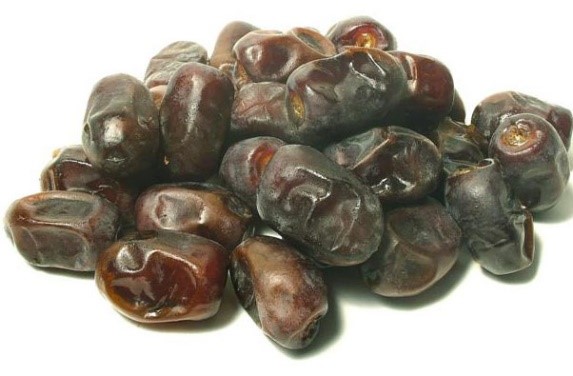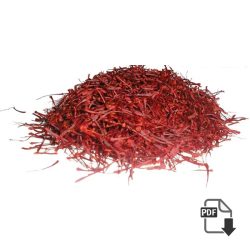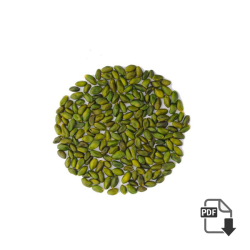Barberry Bush Care: Your Guide to a Thriving Shrub
Introduction to Barberry Bushes
Barberry bushes are a popular choice for gardeners looking to add color, texture, and year-round interest to their landscapes. These hardy shrubs are known for their vibrant foliage, thorny branches, and ease of care. Whether you’re a seasoned gardener or a beginner, caring for a barberry bush is straightforward and rewarding. This guide will walk you through the essential steps to keep your barberry bush healthy and thriving.
Essential Tips for Barberry Bush Care
Barberry bushes are known for their low maintenance and adaptability, making them an excellent addition to any garden. However, to ensure that your bush stays healthy and vibrant, there are a few key care tips to follow.
Iran Barberry supplier & wholesaler
- Planting Location: Barberry bushes prefer well-drained soil and a location that receives full sun to partial shade. While they can tolerate a variety of soil types, good drainage is essential to prevent root rot and other issues.
- Watering: Barberry bushes are drought-tolerant once established, but they require regular watering during their first year of growth. Ensure the soil remains moist but not waterlogged, especially during dry spells.
- Mulching: Applying a layer of mulch around the bush’s base helps retain moisture, suppress weeds, and protect the roots from temperature extremes.
Pruning and Maintenance
Pruning is an essential part of barberry bush care. Regular pruning helps to maintain the shape of the bush, encourage healthy growth, and prevent the spread of diseases.
- When to Prune: The best time to prune a barberry bush is in late winter or early spring before new growth begins. This allows you to shape the bush and remove any dead or damaged branches without interfering with its growing season.
- How to Prune: Start by removing any dead, diseased, or crossing branches. Use sharp pruning shears to make clean cuts close to the base of the branch. For shaping, trim the bush evenly, cutting back about one-third of the plant’s overall height.
- Thinning: Every few years, it’s a good idea to thin out the bush by removing some of the older branches at the base. This encourages new growth and improves air circulation within the bush, reducing the risk of fungal diseases.
Fertilizing and Pest Control
To keep your barberry bush healthy and vibrant, it’s important to provide the right nutrients and protect it from pests.
- Fertilizing: Barberry bushes generally don’t require heavy fertilization. A balanced, slow-release fertilizer applied in early spring can help promote healthy growth. Be careful not to over-fertilize, as this can lead to excessive growth and reduce the plant’s overall health.
- Pest Control: Barberry bushes are relatively pest-resistant, but they can occasionally attract aphids or scale insects. Regularly inspect your bush for signs of pests, and treat any infestations with insecticidal soap or neem oil.
Conclusion
Barberry bushes are a beautiful and low-maintenance addition to any garden. With the right care, including proper planting, pruning, and occasional fertilization, your barberry bush will thrive for years to come. Whether you’re looking to add a pop of color to your landscape or create a natural barrier, barberry bushes are an excellent choice for any gardener.


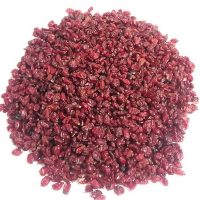
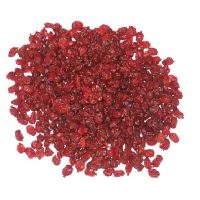
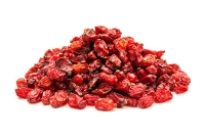
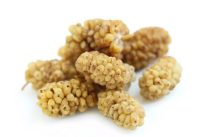
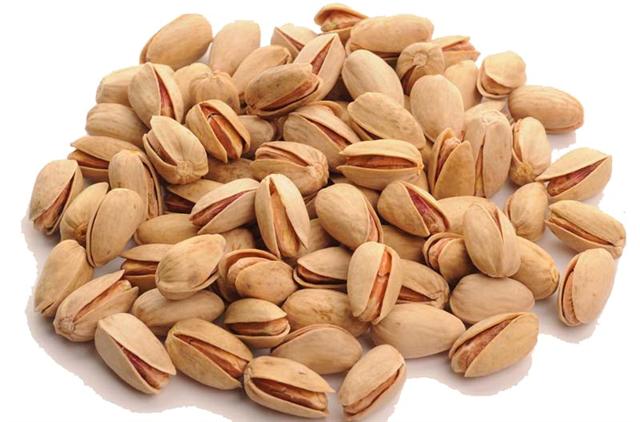
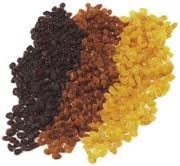 3 kind raisin
3 kind raisin 